| Humboldt County has always been a place that is relatively difficult to get to. For a very long time, it was only accessible by overland trails on foot, by horse, or boat, until rail lines and eventually automobile roads were constructed. With summertime just around the corner, we're featuring some artifacts in the collection that document the history of roads in Humboldt County. This week's post was inspired by a photo postcard found in the collection featured here. The postcard, depicting an old car driving on a dirt road on a cliff around a hairpin curve, is one of a series of postcards titled "On the Redwood Highway". The postcards featured images that tourists may see as they drove along the precursor to today's Highway 101. Along with photos of dusty roads, they also document the logging industry of the area, with its larger than life tools and loggers dwarfed by the gigantic trees. Tourists could also send home postcards of rustic roadside stops like the Richardson Grove lodge and Trees of Mystery, all nestled along the highway from San Francisco to the Oregon border. Earlier photos were black and white or sepia, while slightly later ones were colorized, like the postcard featuring the South Fork of the Eel River below. |
|
The photo below shows a car driving down a dust road, the State Highway, or the Redwood Highway as it was also known, near Table Bluff, which is just north of Loleta. With the State and Federal funding that led to the development of Highway 101, the Redwood Highway was paved and sometimes rerouted, leading to the growth of some towns and decline of others. Here are postcard photographs featuring cars that drove along the Redwood Highway, connecting Humboldt County to places like San Francisco and Crescent City. These connections facilitated trade, tourism and industry throughout the 1900s while also having an effect on conservation movements like Save the Redwoods League, whose founders drove on the Redwood Highway to the location now known as Rockefeller Forest in Humboldt Redwoods State Park. This road trip-and the logging in process that was witnessed by Madison Grant, John C. Merriam and Henry Fairfield Osborn spurred the idea to create a league in order to stop the logging in notable groves. Save the Redwoods League is still active today and is celebrating their 100th anniversary this year. The roads played their own role in the establishment of Redwood National Park in the 1960s as well. Save the Redwoods League early on focused their efforts largely on preserving roadside stands of redwoods, which were vulnerable to logging due to their easy access. It became something of an unspoken rule for decades to leave a screen of trees between the road and active logging to provides pleasant views to tourists passing through the area. In 1964, Arcata Redwood Company logged an area near Berry Glen, a 1.5 miles from Orick. Rather than leaving a screen of trees near the road, the company logged straight to the edge of Highway 101, revealing the extent of the logging operation to passersby. According to Dan Anthrop, a photographer who participated in the movement to establish the Parks, states that this cut was one of the major galvanizing points that turned public support towards the establishment of the Parks, especially when paired with a National Geographic study that found the world's tallest known tree to be in what later became known as the Tall Trees Grove, also owned by Arcata Redwood Company.
1 Comment
Besides the Lentell Map, the Bank of Eureka Building and Nealis Hall, one of the most recognizable items in the museum are the pharmacy cabinets. Over the years, they’ve moved around the museum quite a bit, from being in the Victorian Room to standing in front of the tall windows on the east side of the building to now standing front and center in the middle of the Humboldt Made Visitor Center in the foyer of the Museum. They’re a spectacle to see, elaborately carved with dozens of labeled drawers with intricate handles and glass shelves. The pharmacy cabinet is a longtime resident of the museum and Humboldt County and has connections to early immigration to Humboldt county, and early drug stores in the area. The mahogany pharmacy cabinets themselves were made in France in the late 1890s to early 1900s. Since this was before the Panama Canal and the transcontinental railroad, the cabinets had to be shipped to Eureka from France. Museum records claim that the cabinets were shipped around the Horn of Africa to Eureka. Their first home would be in the Bohmansson Drug Company store at 301 F Street in Eureka, where Old Town Mazzoti’s is now. Mr. Robert Hugo Bohmansson, the owner of the cabinets and the pharmacy they resided in, was born in Sweden in April 1865. He went to college in Stockholm and graduated from the College of Pharmacy. In 1888 he came to the US and worked in Nebraska and South Dakota. He was part of a larger movement of Swedish citizens during the 1880s moving to the US for work. From the Midwest, he decided to go to San Francisco-at the time, there was no transcontinental railroad so like many other people, he walked across the Plains, arriving on the west coast in 1894. From there, he moved up to Humboldt County in 1901, where he first opened a drugstore in Arcata. It was a roaring success so in 1908 he opened a branch in Blue Lake and in 1910, one on F St. in Eureka, which he purchased from Charles Fitzell. He managed all three drugstores for a time and moved to Eureka about 1910. He only used the finest of products and was frequently asked for advice by other druggists. Drug stores during this time sold many things beyond drugs to treat various ailments. They sometimes functioned as general stores for personal items like shampoo and soaps. A closer look at the drawers on the cabinets reveal that they contain a variety of herbs and substances, some that are nowadays considered poisonous while others are still used as herbal remedies today. The glass shelves would hold bottles of substances ranging from rubbing alcohol to vanilla along with cannisters of other bulk medicinal substances like cannabis. These drug stores were also the home of the first soda fountains, when soda was used as a medicinal item to treat any number of ailments. As time went on, the drug stores were also able to sell whiskey and wine during the Prohibition era – by prescription to treat ailments ranging from anxiety to influenza. Nowadays, the Pharmacy cabinet that once resided in Mr. Bohmansson’s pharmacy are stationed in the front of the Museum, as part of the Humboldt Made Eureka Visitor Center. Next time you stop by, take a closer look at the world-traveled cabinets that made a home in Eureka for the last 100 years-and have become a part of the community here at the Clarke Historical Museum.
While driving through Eureka, one of the most imposing buildings is the County Courthouse, located at 825 Fifth Street. The current courthouse was built in 1960 after the previous courthouse, pictured above, was torn down. In the museum collection, we have a number of photos of the old Courthouse showing how the building-and the town around it-changed over time. The first Eureka Courthouse was nearly as old as the county itself. Construction began in 1883 and was completed in 1889 and was built on land that was once used as a pasture in town. This courthouse was built less than a decade after Humboldt County was carved out of Trinity County, using local materials such as clay near Myrtle Grove cemetery, granite and gravel from the Mad River, and sand from local dunes. The cornerstone of the building was laid on July 4, 1885 by the Free and Accepted Mason Humboldt Lodge No 79, led by John M. Melendy, the inspector of the Masonic district. The festivities to related to the laying of the cornerstone included a parade ("with a wagon containing a huge tea pot, of sufficient size to furnish tea to the entire multitude") and the creation of a time capsule situated inside the cornerstone itself. The timecapsule included a number of items, including a bible, constitutions and bylaws of many of the local Fraternal Orders, a list of United States Presidents, photographs of important citizens, a copy of the act to create Humboldt County, and records related to the incorporation of the Eel River and Eureka railroad.
In 1924, the courthouse made headlines as far east as Nevada when a painter's blowtorch set the tower ablaze. It cause $60,000 in damage, and the tower survived for another 26 years before it was removed in 1950 for safety purposes. Following a devastating earthquake, the whole building was condemned and demolished in 1956. However, the original flagpole for the courthouse remains, even to today. In 1953, in celebration of the County's centennial, a pamphlet about the construction of the courthouse was produced by Howard B. Melendy. Click on the link below to read the full booklet. Additional information in this article was found in the following places:
Nevada State Journal, Reno, NV 7 Sept 1924 Courthouses of California: An Illustrated History by Ray McDevitt Humboldt County Historical Society as cited here Waymarking You can see more photos of the courthouse here at "Courthouse History"
This Tomahawk has been added to our current Improved Order of Red Men display, which features items and images from the Clarke Museum collections, as well as loans from the Humboldt County Historical Society and members of the community. Despite how popular the organization was in Humboldt County, the museum's collection of items related to this organization is limited. The Fraternal Orders Exhibit will officially close on June 12 to make way for our next exhibit: The Redwoods Provide(d): Stories from Redwood National and State Parks, opening July 7 at 6 pm! |
AboutKeep up with the Clarke through our Blog! Archives
August 2022
|

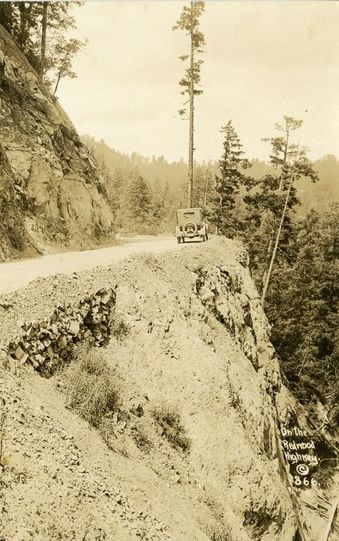
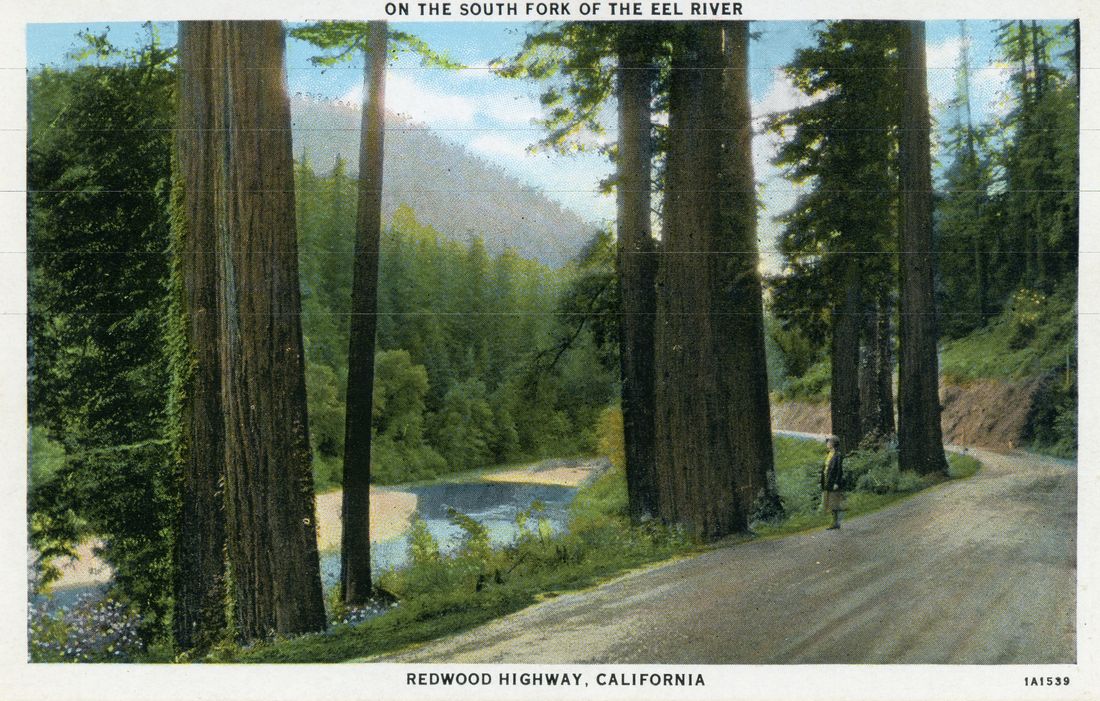
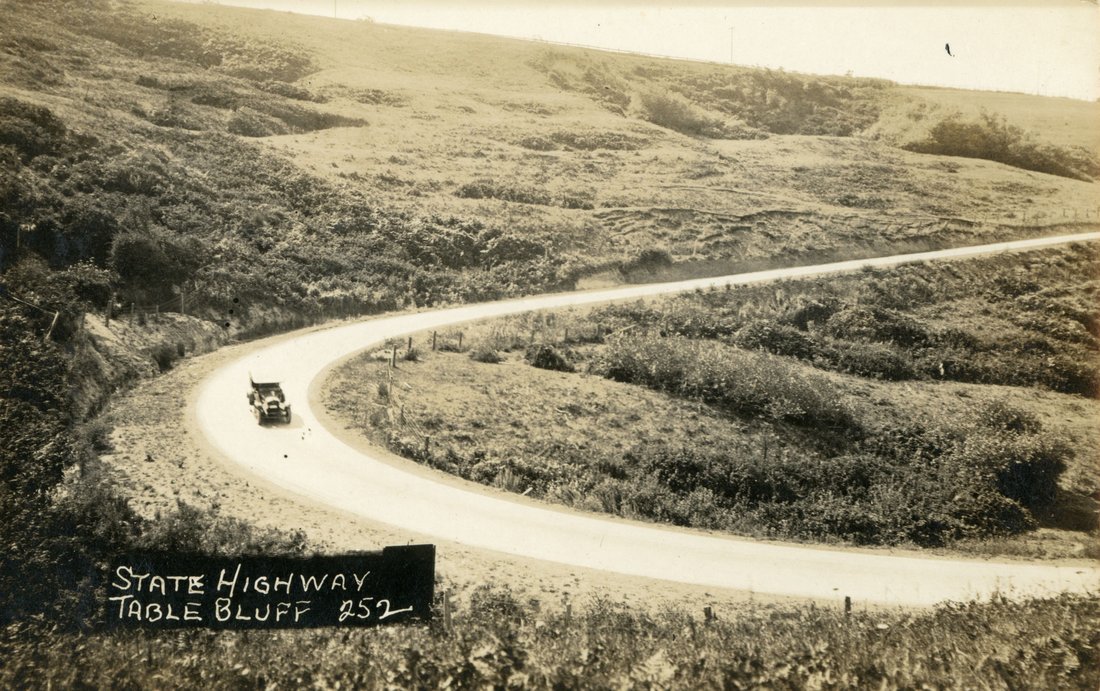
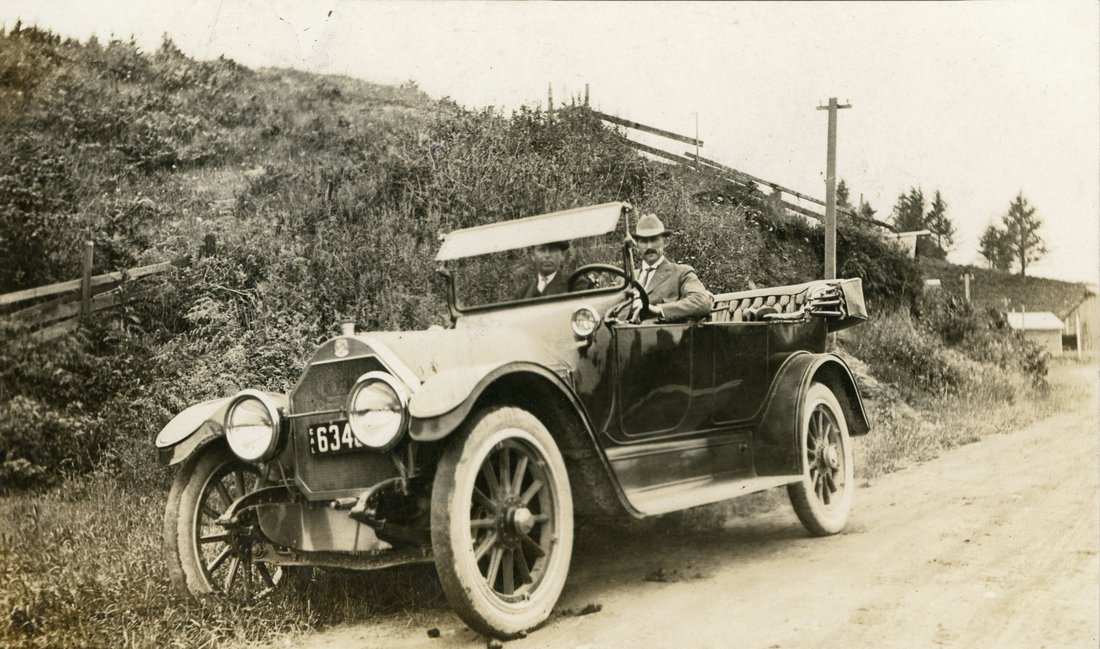
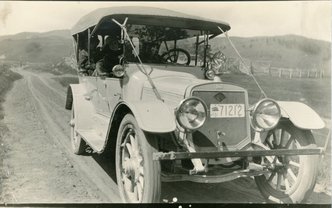
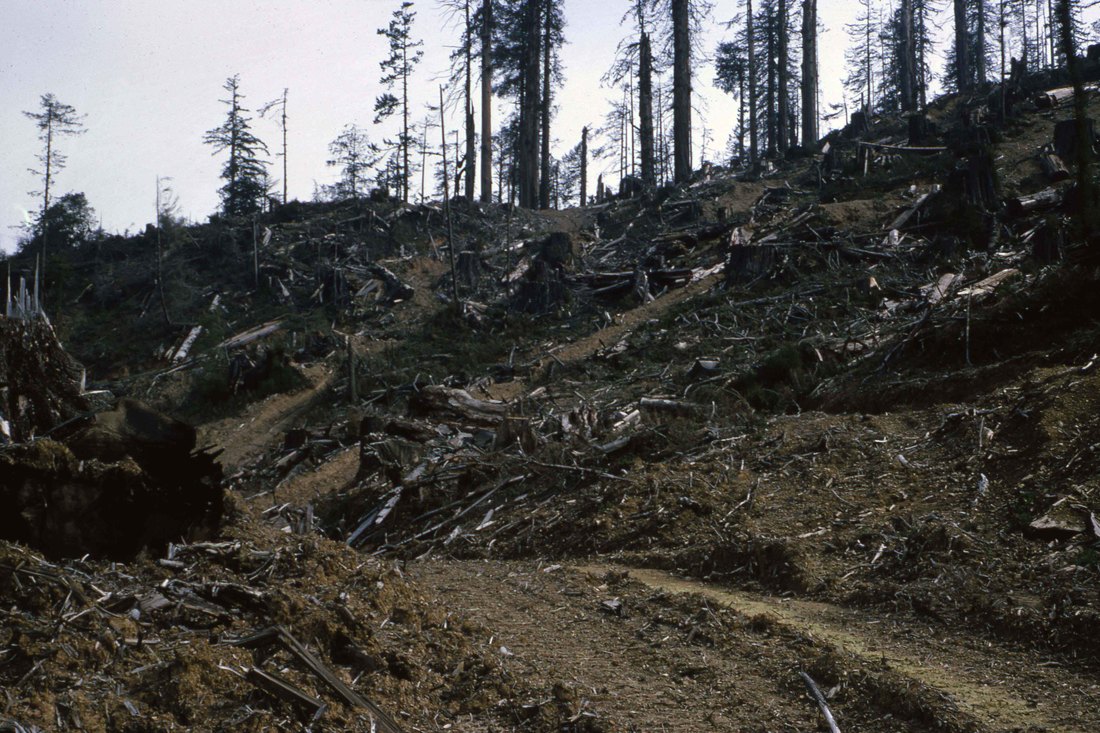
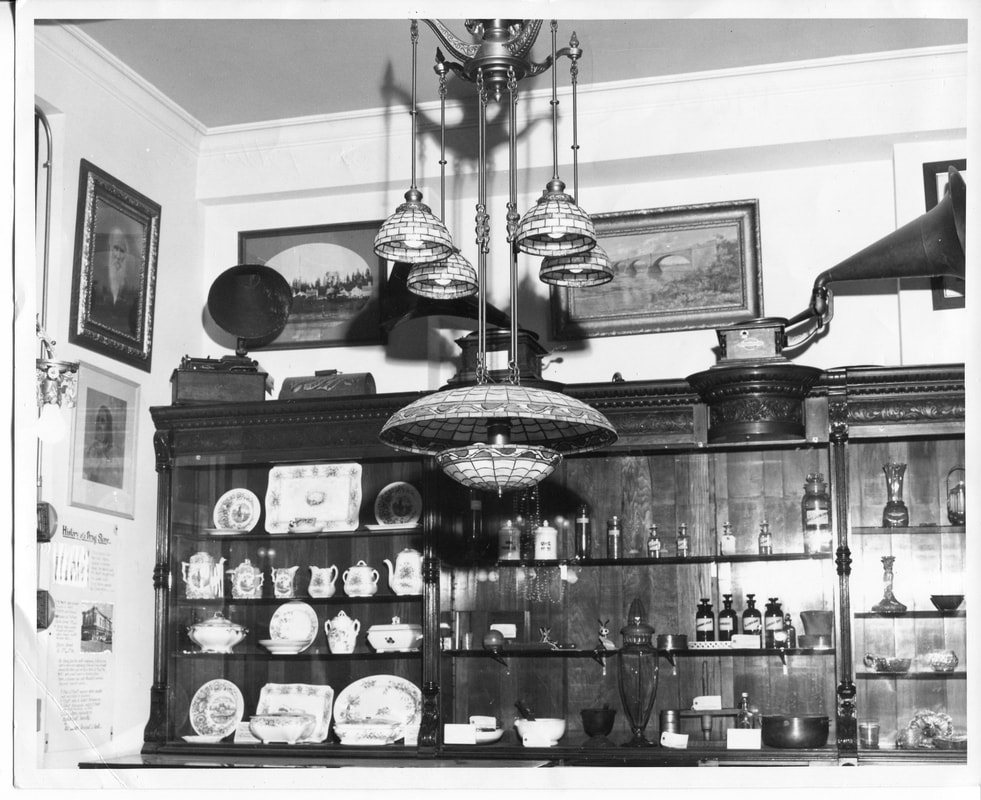
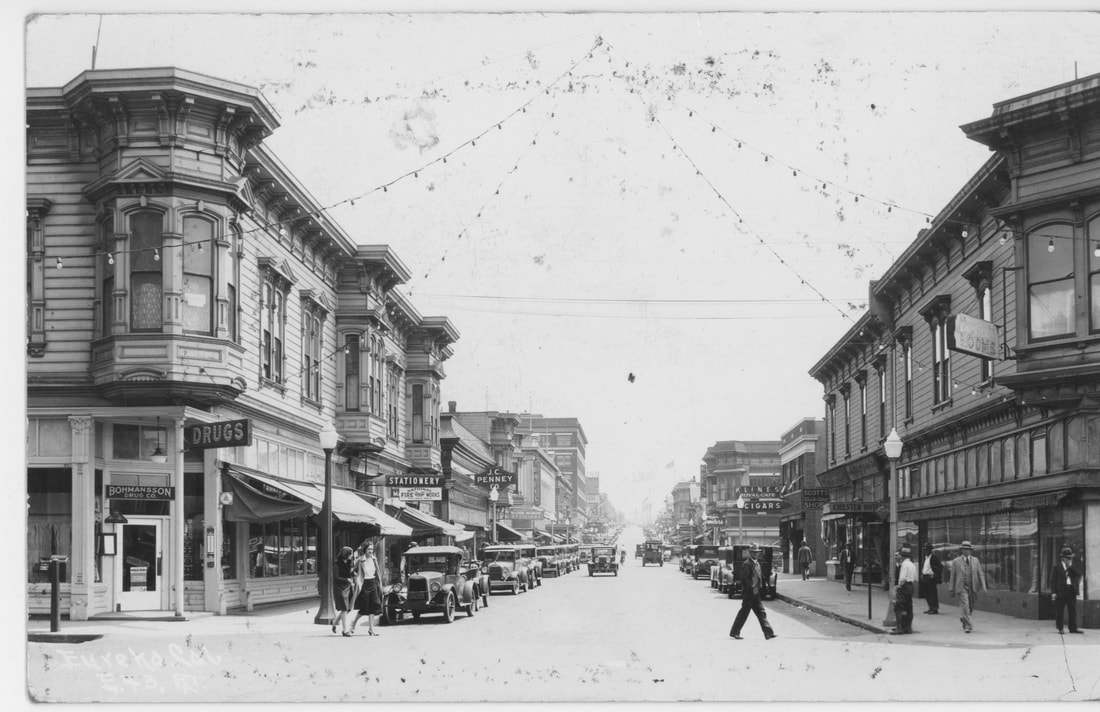
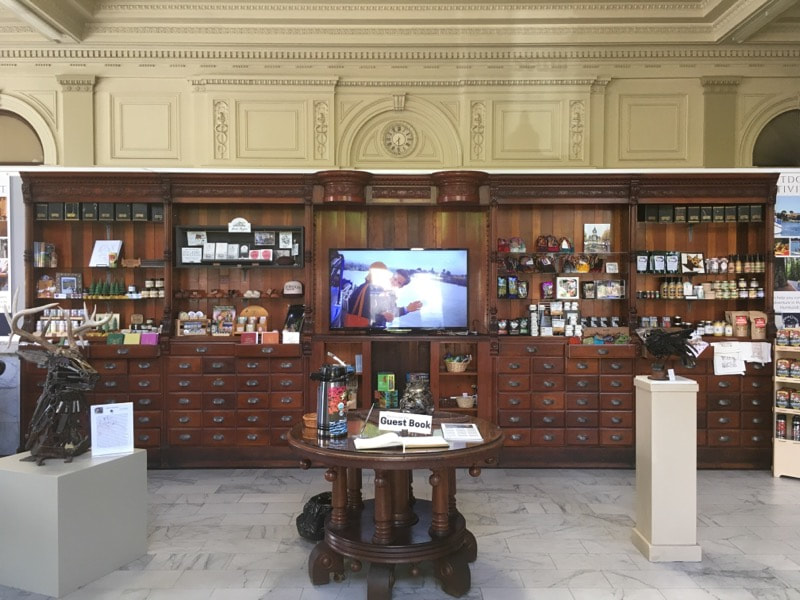
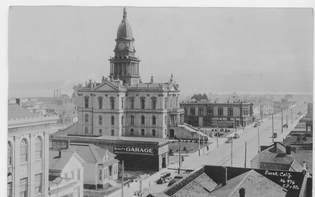
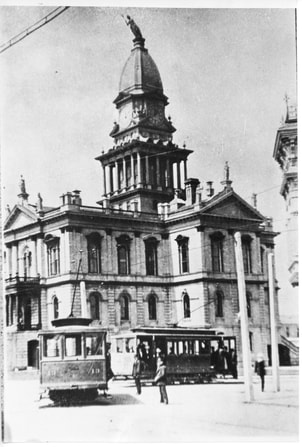
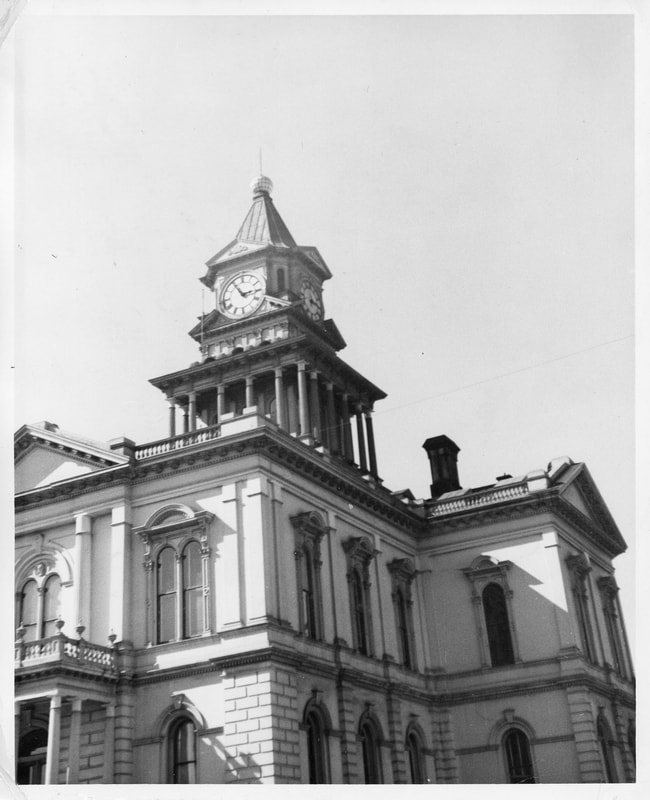
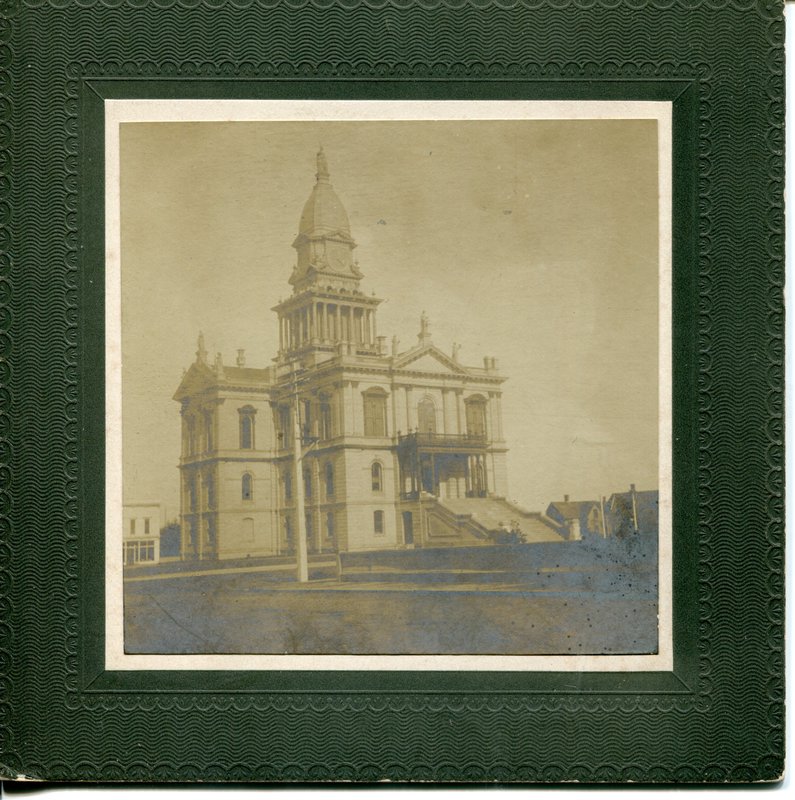
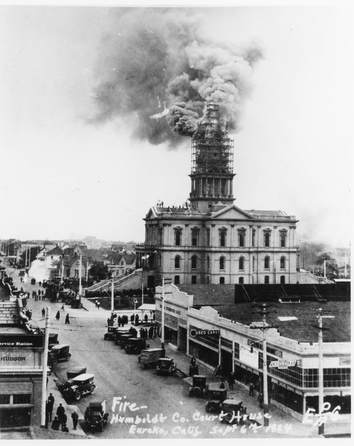
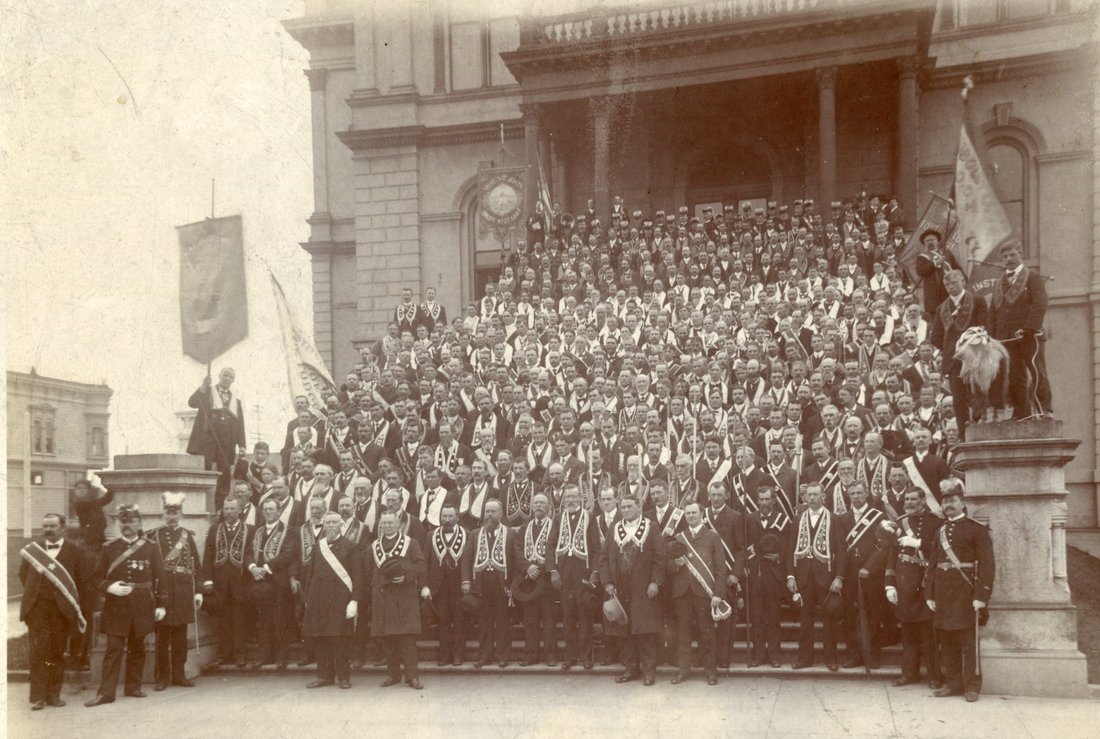
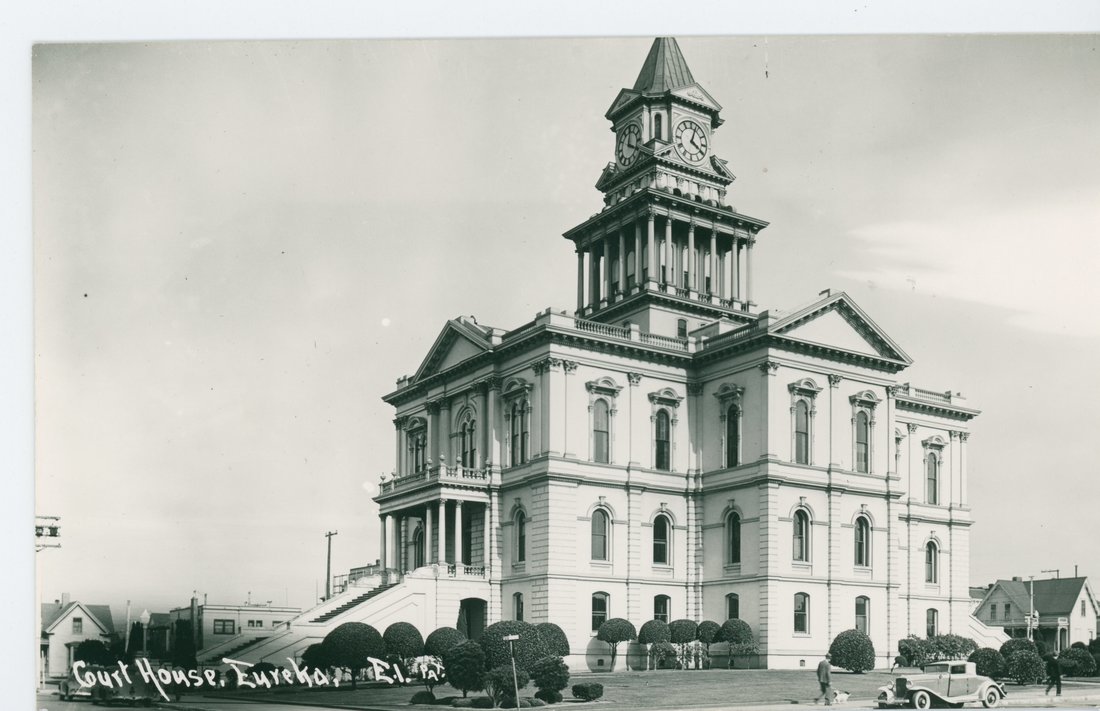
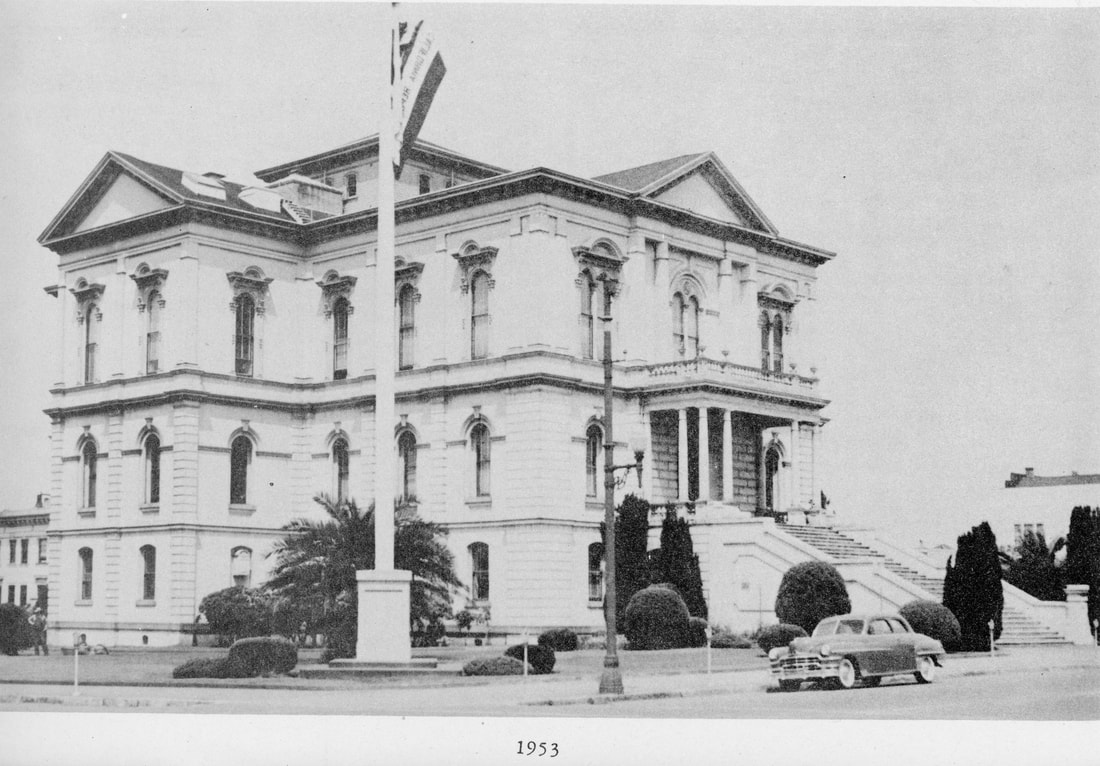
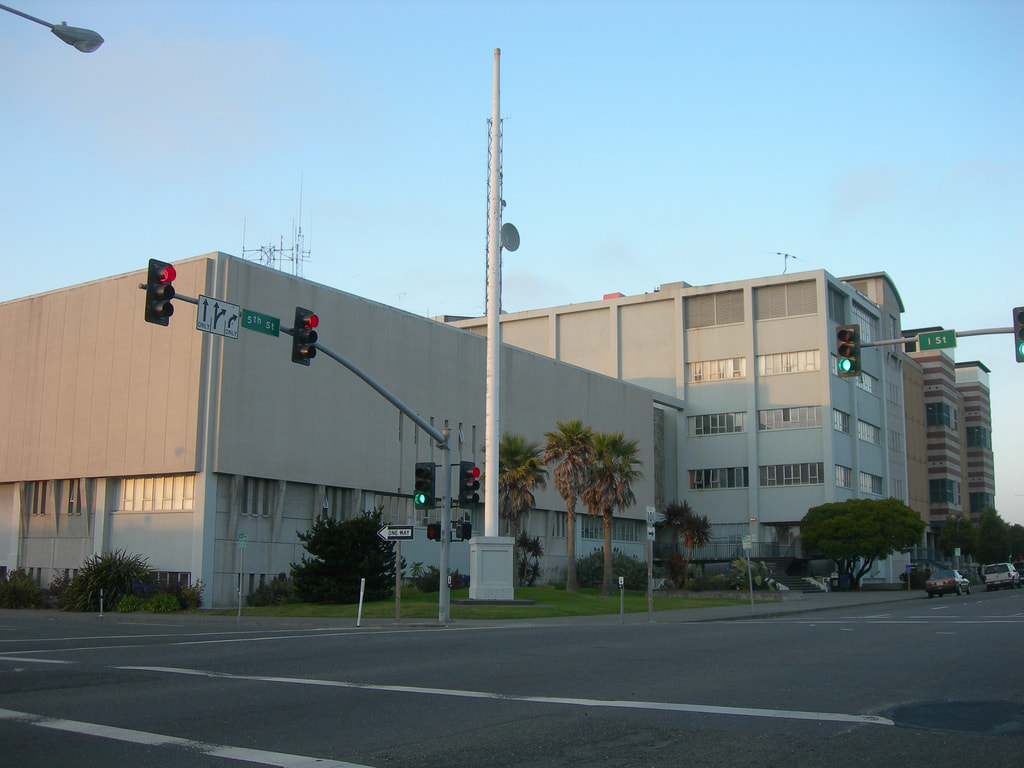
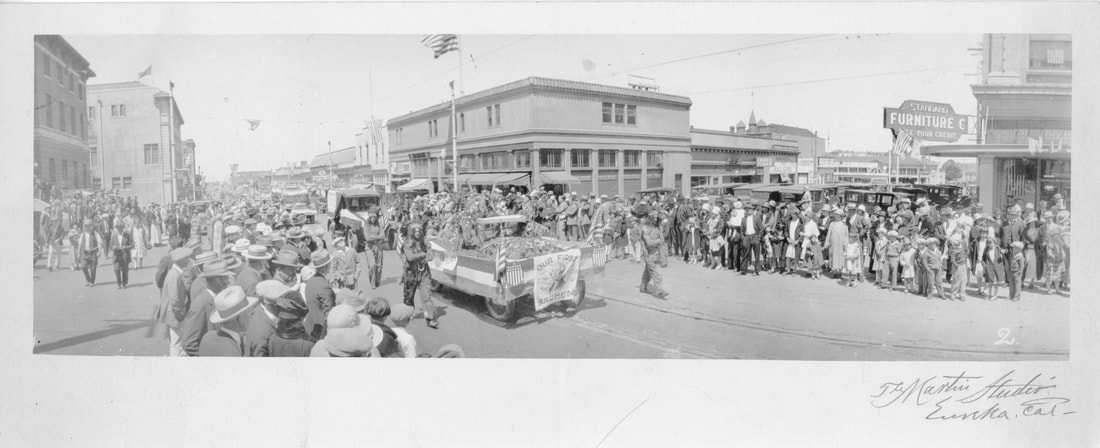
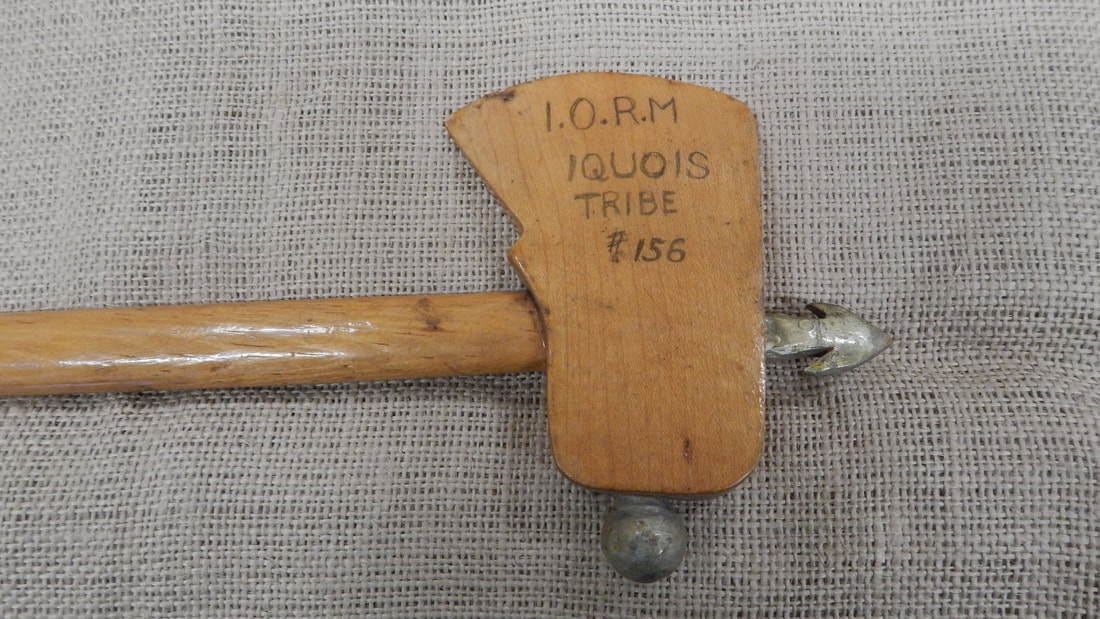
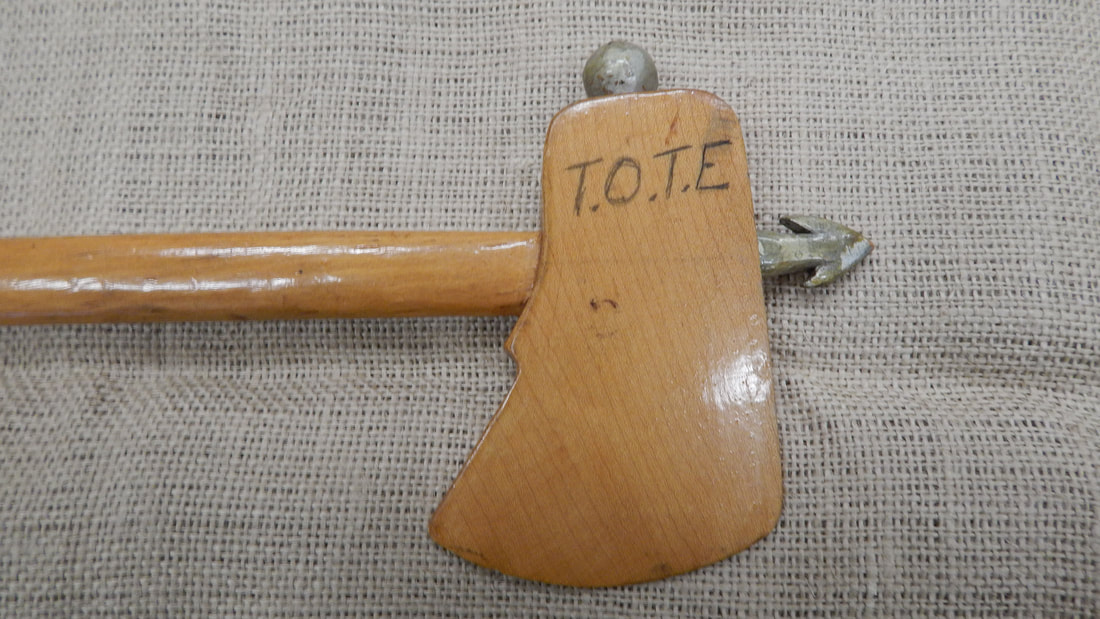
 RSS Feed
RSS Feed